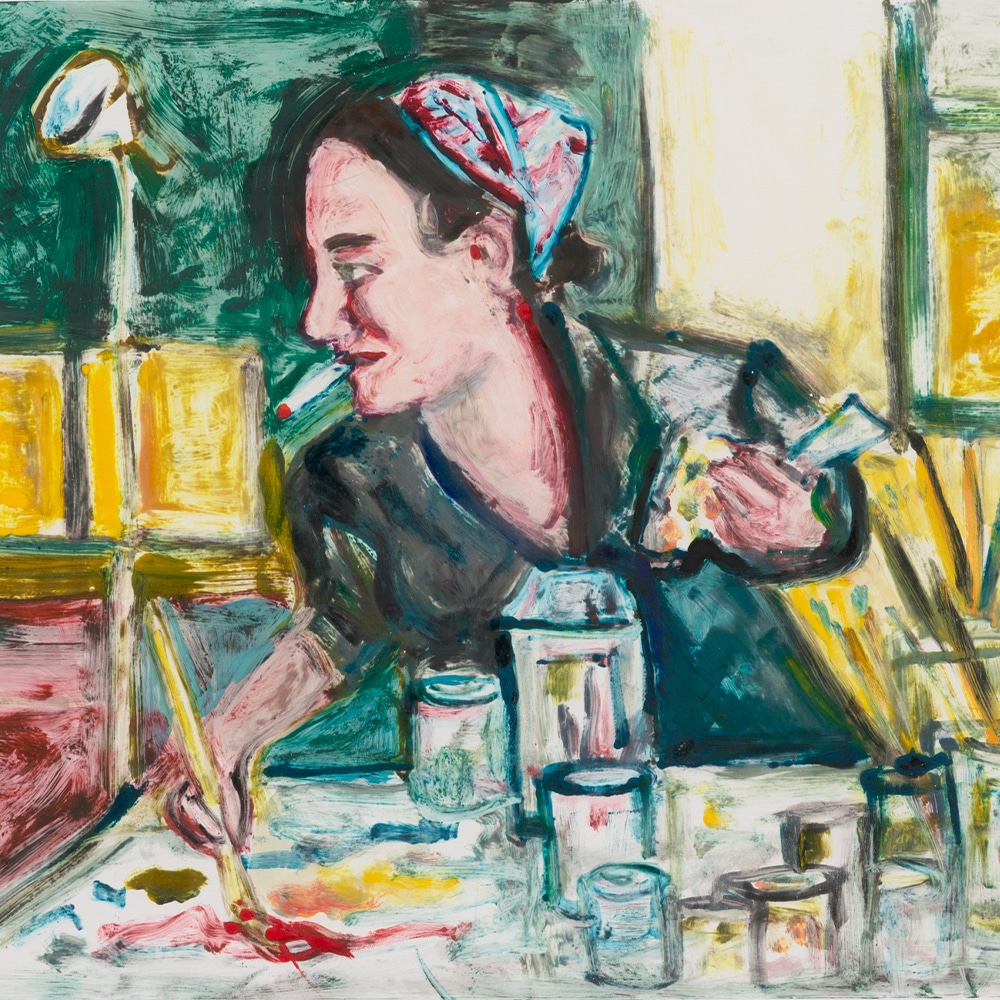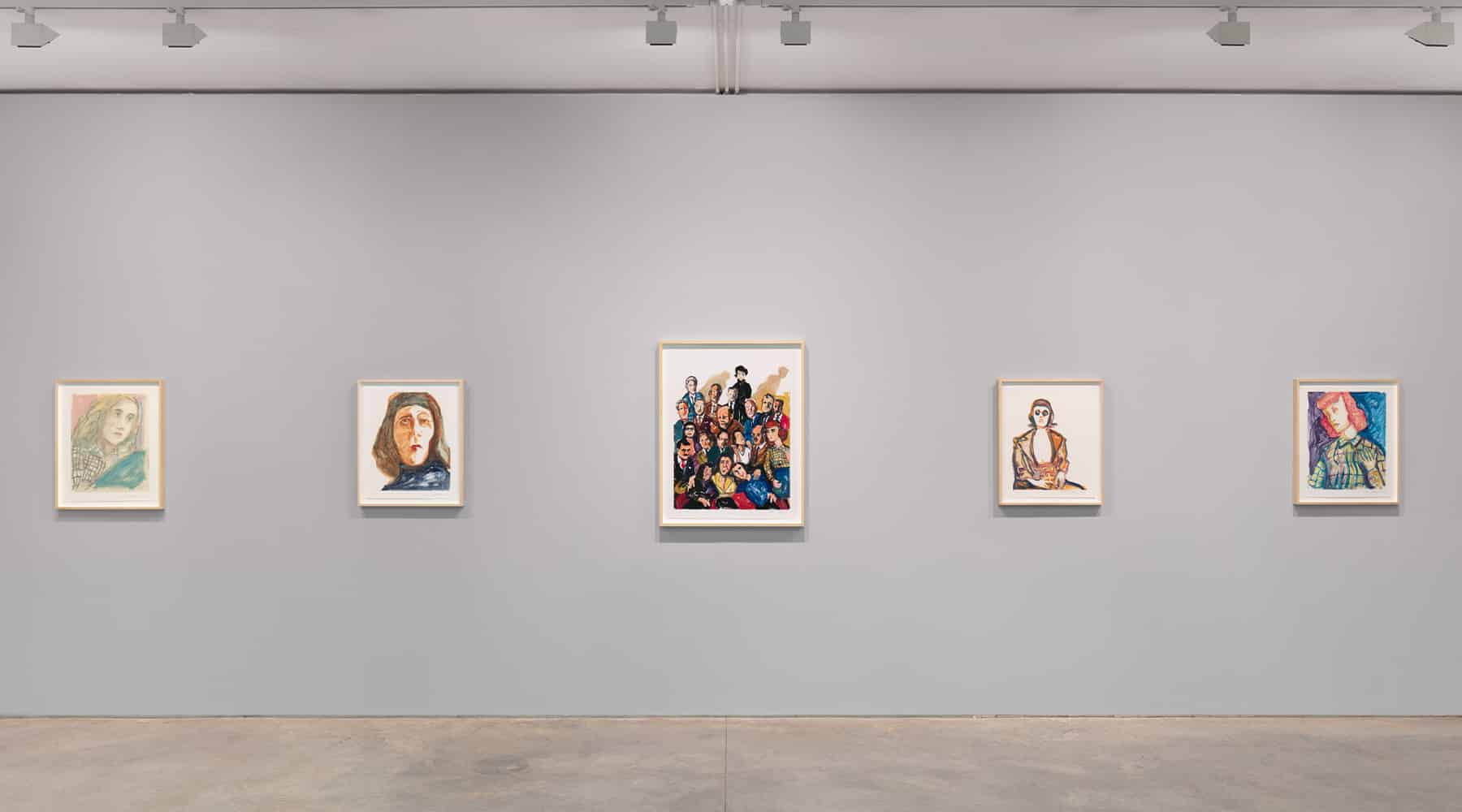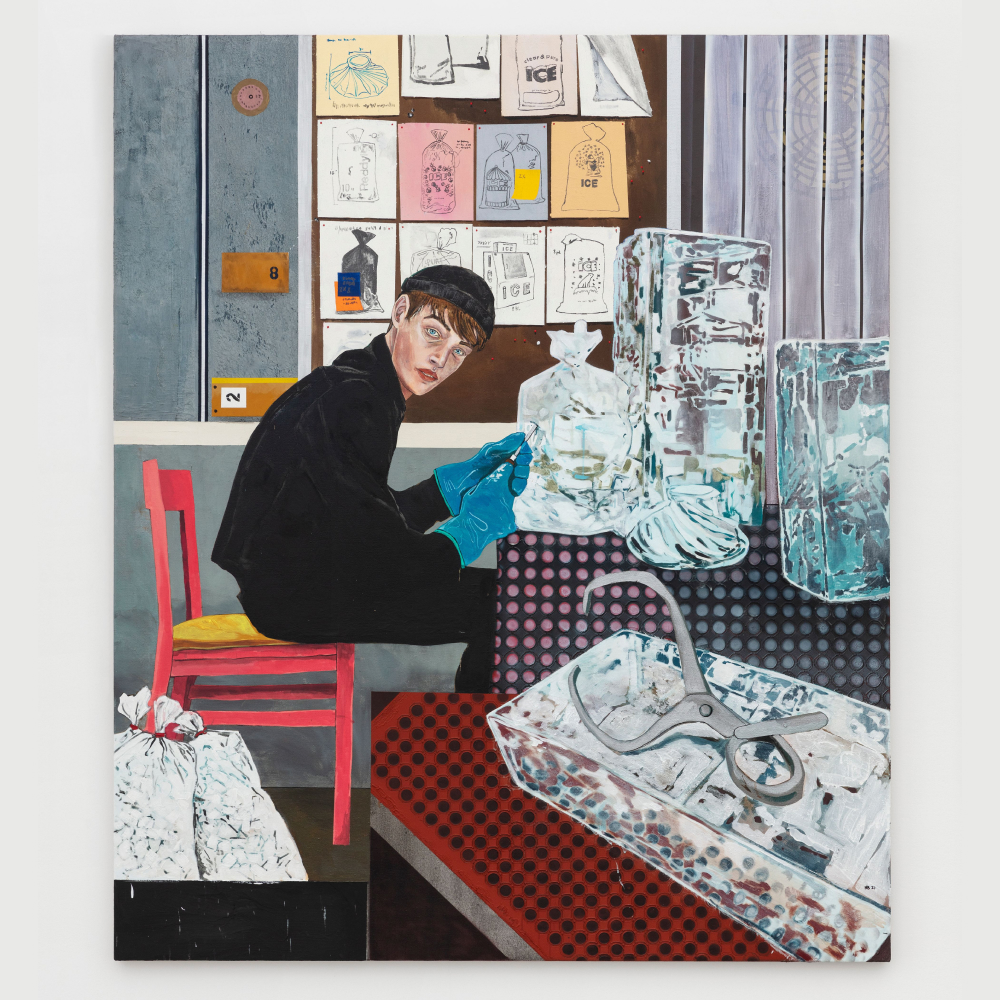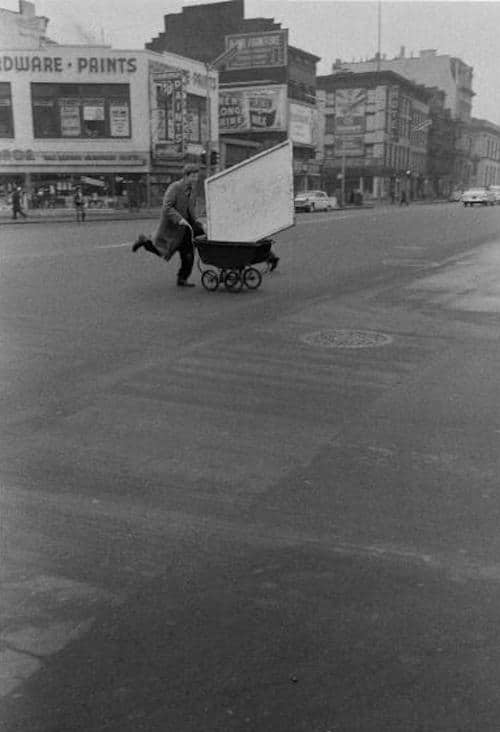
March 26, 2023When 20-year-old Nashville native Red Grooms arrived in New York, in 1957, he found himself in the middle of an art-historical moment: Abstract Expressionism. He’d moved to the city to advance his budding career as an experimental artist, soon creating multimedia installations and raucous happenings. With fellow avant-gardist Jay Milder, he co-established the City Gallery (1958–59) in the Flatiron District as a statement against the flush but stagnant 10th Street gallery row, which showed a lot of Ab-Ex art. Even as he rebelled against their prestige, Grooms was enamored of the Abstract Expressionists, who were still the alpha dogs of the New York art scene, and eventually got to know a few of them.
At the forefront of the Ab-Ex movement were the Irascibles, a group of 18 mostly male artists — including Jackson Pollock, Mark Rothko, Willem de Kooning, Adolph Gottlieb, Robert Motherwell, Hans Hofmann, Barnett Newman, Clyfford Still and Ad Reinhardt — who’d banded together in 1950 to protest the Metropolitan Museum of Art’s exhibition “American Painting Today, 1950,” which they felt couldn’t live up to its name with a bunch of conservative jurors running the show.
Also making terrific Ab-Ex paintings at the time were several talented women, such as Grace Hartigan, Helen Frankenthaler, Joan Mitchell, Perle Fine and Elaine de Kooning — dubbed the Ninth Street Women by Mary Gabriel in her 2018 book of the same name — who, of course, weren’t getting as much attention as the dudes.
More than six decades later, Grooms, now 85, seeks to reconcile these two groundbreaking groups in “The Ninth Street Women meet the Irascibles,” a peppy double exhibition of paintings and monotype prints at New York’s Marlborough Gallery and Marlborough Graphics through May 6.
The canvases in the main gallery display Grooms’s characteristic comic-book style in their depiction of famous Abstract Expressionists, with lots of crowded activity and strong molding of the figures. The monotypes, however, embrace the looser brushwork favored by their subjects, while still remaining figurative.
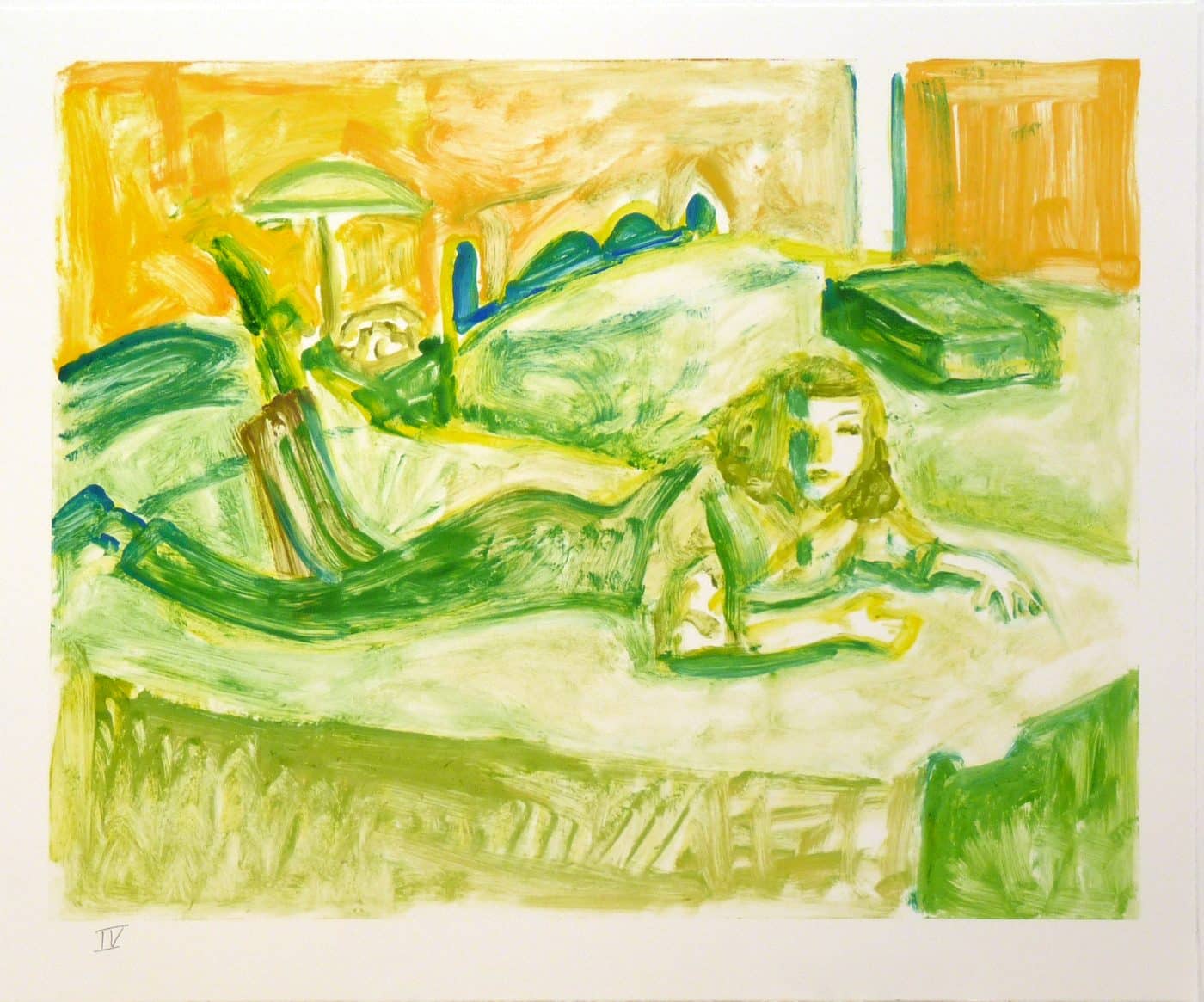
“Red has been exhibiting with Marlborough since 1976, and the brushstroke movements in this recent series are as energetic as ever,” says Bianca Clark, director of graphics at Marlborough. “He has always captured everyday life in New York in such a unique way, this time portraying the artists, friends and personalities he encountered when first moving to the city.”
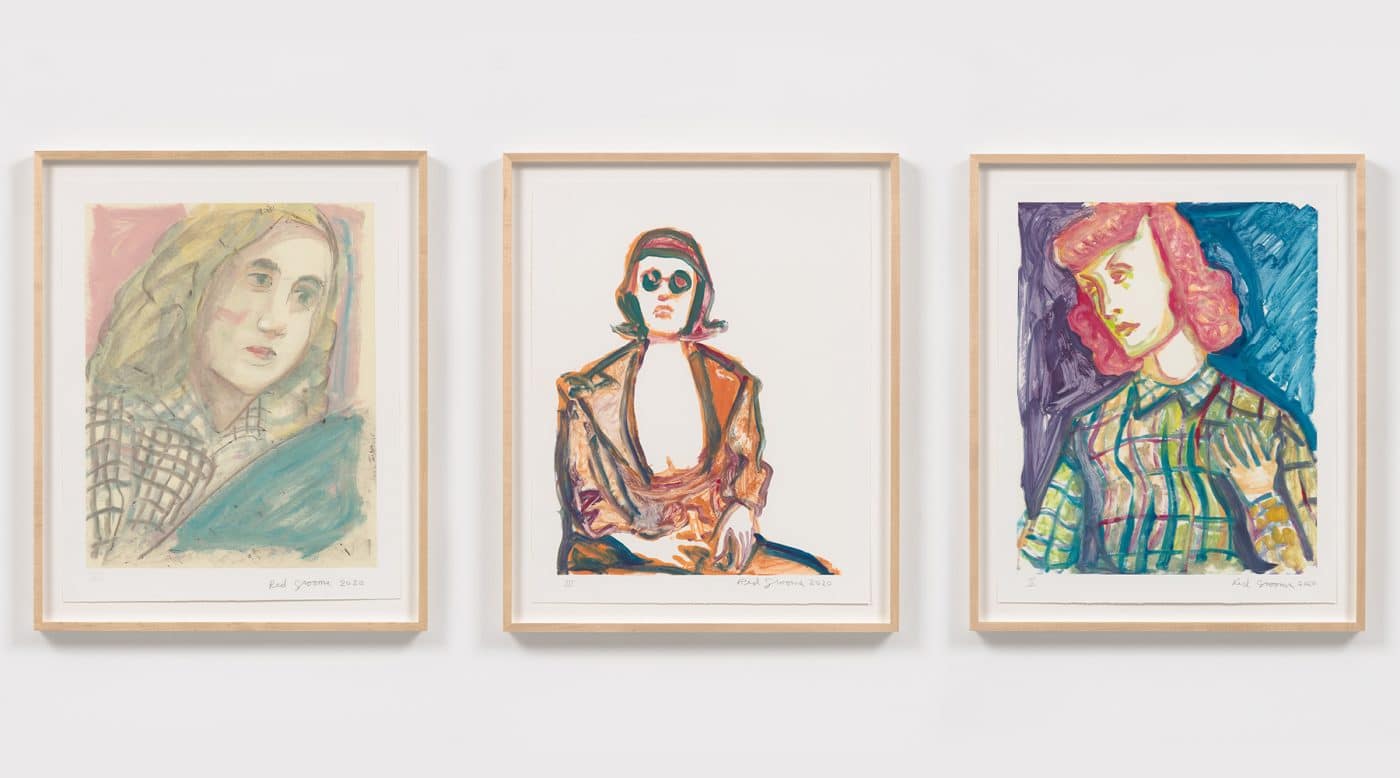
Grooms’s monotype portraits of the Ninth Street Women, like Lee Krasner (Glasses) V, Grace Hartigan (Color) VII, Joan Mitchell (Portrait) II, Elaine (Plaid) II, Perle Fine V and Helen Frankenthaler (Portrait) IV, all made in 2020, are composed of thick, wavy marks in saturated hues that look like they could have been slathered on by the Ab-Ex artists themselves.
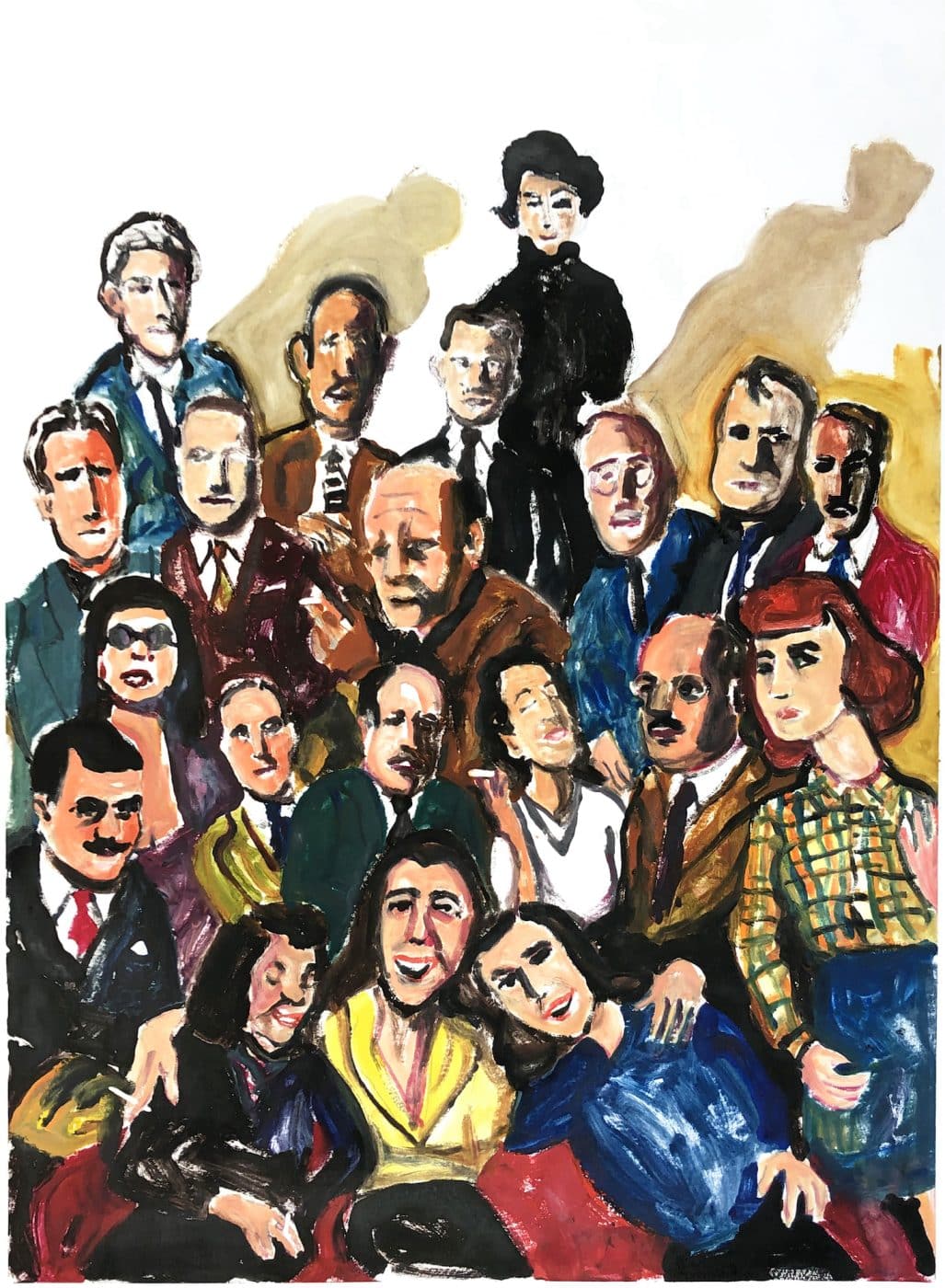
Other works portray the Irascibles and the Ninth Street Women together in happy communion, drinking at the famous Ab-Ex haunt the Cedar Bar or chatting outdoors on 10th Street, fleshed out through lively brushstrokes and riotous washes.
The most notable of these, The Irascibles II, re-creates an iconic Life magazine photo of the Irascibles in which the men (plus Hedda Sterne, who later felt her participation damaged her career trajectory) wryly decided to pose in the stiff, formal manner of mid-century bankers. Grooms’s version adds the Ninth Street Women to the mix, full of smiles and embraces and vibrant outfits, in contrast to their drab male counterparts.
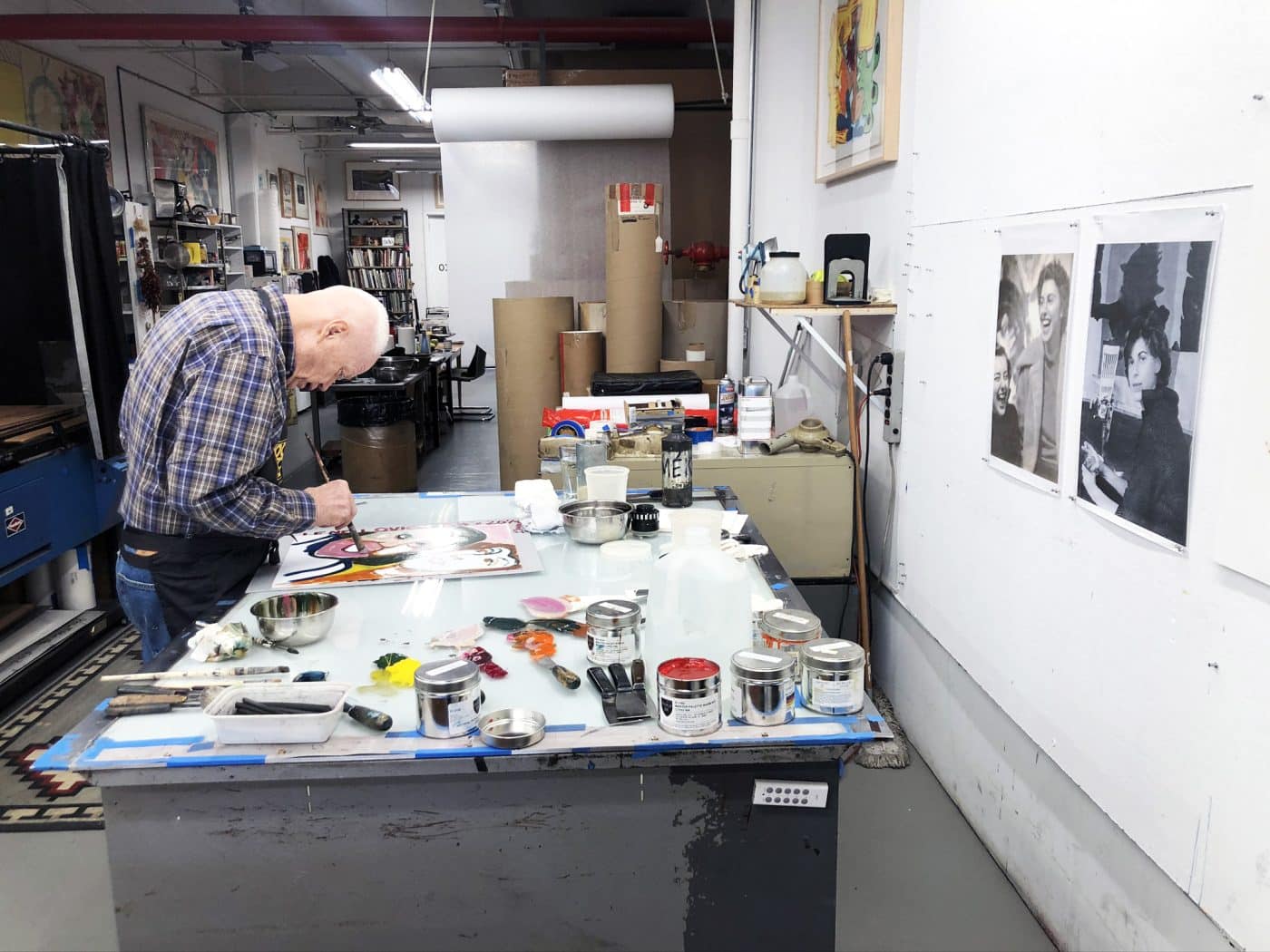
“You can find Lee Krasner, Elaine de Kooning, Grace Hartigan, Joan Mitchell and Helen Frankenthaler front and center in an effort to give them, as Red states, ‘the spotlight they rightly deserved,’ ” Clark says.
In using colorful inks and paints to merge these two groups — who were very much fused in real life, through sex, marriage and/or artistic collaboration — Grooms presents a fuller version of art history that is not only more balanced and accurate but also way more fun.
